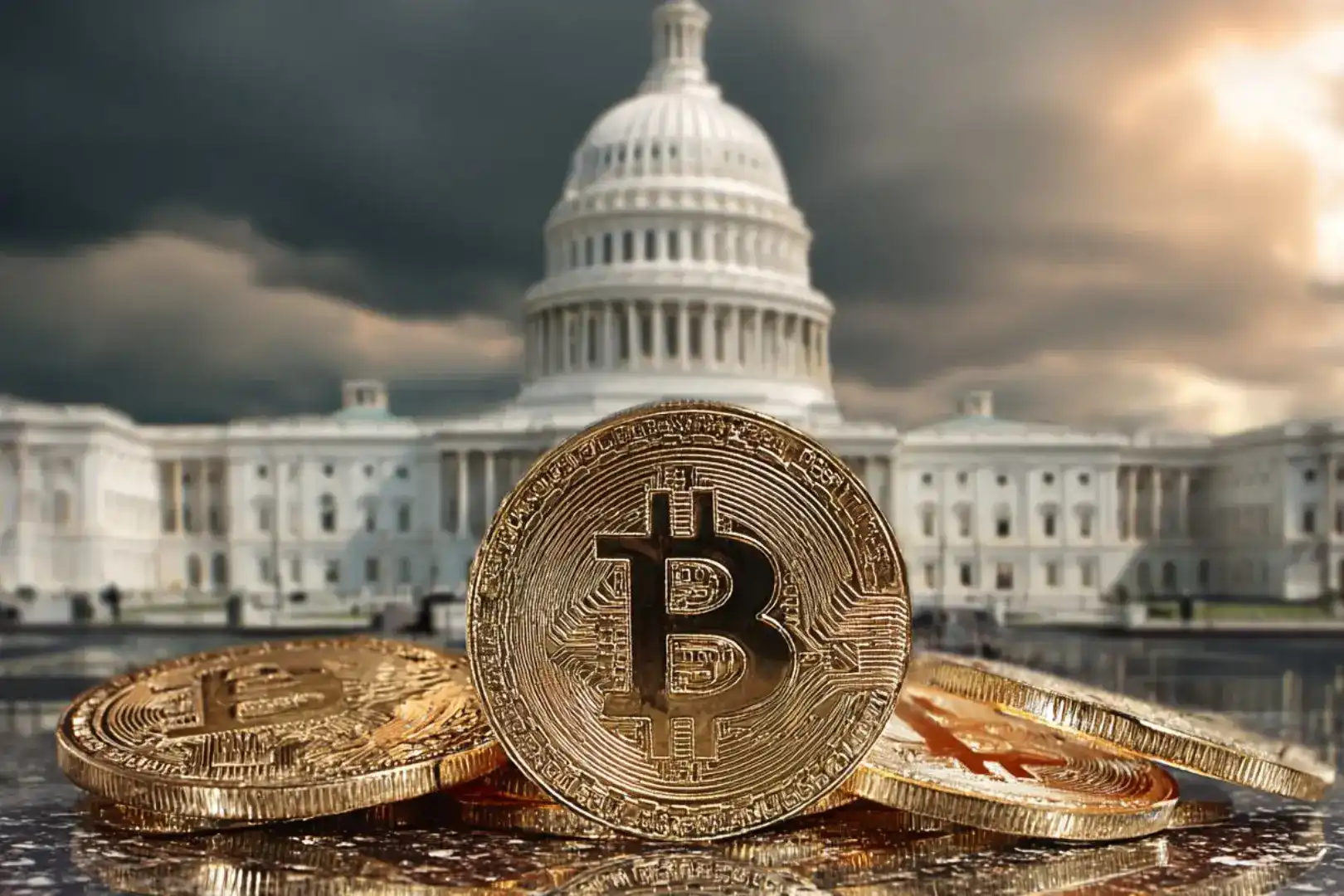4E: The "Bitcoin price will inevitably fall after halving" rule may no longer hold true; the EU plans to expand cryptocurrency regulation.
On November 3rd, according to 4E observation, the traditional volatility pattern of Bitcoin after halving may be failing. Data shows that the current Bitcoin volatility is below 2%, hitting a historical low, while during the third halving period in 2020, the volatility once exceeded 5%. Keiji Maeda, a senior executive at the Japanese crypto company BACKSEAT, pointed out that with increased market liquidity and institutional participation, the impact of individual investors' short-term behavior on prices is weakening, and the so-called "post-halving correction" empirical rule may no longer apply.
In the EU, the European Commission is planning to expand central supervision of stock and cryptocurrency exchanges. The new proposal will give more power to the European Securities and Markets Authority, covering "the most important cross-border entities," to promote the construction of a "capital market union" and reduce regulatory fragmentation. The related proposal is expected to be officially presented in December.
On the other hand, Michael Saylor, Chairman of Strategy, stated that the company currently has no plans to acquire other Bitcoin asset reserve companies, citing the high uncertainty and long cycle involved in such mergers.
Regarding investment institutions, the latest top 15 holdings of ARKK ETF under Cathie Wood show that companies related to cryptocurrencies such as Coinbase (5.8%) and Circle (2.55%) have significant weight, indicating their continued bet in the new round of technology and digital asset cycle.
4E comment: Bitcoin entering a historical low volatility range may indicate that the market structure has shifted from speculation-driven to fund stability. If EU regulatory integration and institutional allocation trends advance simultaneously, cryptocurrency assets may gradually enter a "low volatility stable bull" phase.
Disclaimer: The content of this article solely reflects the author's opinion and does not represent the platform in any capacity. This article is not intended to serve as a reference for making investment decisions.
You may also like
Three things that must happen for Bitcoin to avoid bear market
A $500 billion valuation giant is emerging
With a valuation comparable to OpenAI and surpassing SpaceX and ByteDance, Tether has attracted significant attention.

Prediction markets meet Tinder: Can you place bets on Warden's new product by simply swiping left or right?
No need for chart analysis, macro research, or even inputting the amount of funds.

Why does bitcoin only rise when the U.S. government reopens?
The US government shutdown has entered its 36th day, leading to a decline in global financial markets. The shutdown has prevented funds from being released from the Treasury General Account (TGA), draining market liquidity and triggering a liquidity crisis. Interbank lending rates have soared, while default rates on commercial real estate and auto loans have risen, increasing systemic risk. The market is divided over future trends: pessimists believe the liquidity shock will persist, while optimists expect a liquidity release after the shutdown ends. Summary generated by Mars AI. The accuracy and completeness of this summary are still being improved as the Mars AI model is updated.

